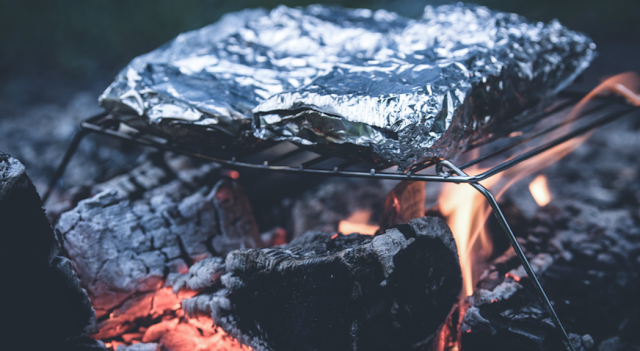"I have always thought of our Service as an institution, more than any other bureau, engaged in a field essentially of morality--the aim of man to rise above himself, and to choose the option of quality rather than material superfluity."-Freeman Tilden, ca. 1971. Yellowstone was the first national park signed into law in 1872. Since then, 57 more national parks have been established by the federal government, each displaying beautiful views of the American outdoors.
Recently, with outdoor companies improving outdoor technologies including camp stoves, sleeping pads, lights, tents, backpacks, and the like, the comforts of home may be taken into the great outdoors. However, even with these updated items, delicious home cooked meals are still difficult to fire up on the trail and often take several hours to prepare. Once I made Thai curry using curry powder, dehydrated coconut milk, and a variety of vegetables. However, chopping all the vegetables was cumbersome and cooking the different portions of the meal (the rice and the curry) was difficult and time consuming with a single stove, taking almost 3 hours to complete. Additionally, I am only able to enjoy such a fantastic meal at the start of my expedition before my foods have spoiled or been crushed in my pack. After a couple of days, I am left to oatmeal, tortillas, and peanut butter—but being outside usually outweighs my desire for a fresh cooked meal. However, not everyone adores the outdoors as I do, and many prefer meal variation with a quality similar to home cooked meals with little to no effort.
Dehydrated meals have improved in recent years and simply mixing the recommended amount of hot water with a packet of dehydrated foods results in a hot bowl of delicious food. Dehydrated meals and other outdoor materials represent a huge market space for companies to pursue—but how does the patent landscape look and how are patents attained?
Many recent dehydrated food products are patented based on their method of manufacture, which may include methods for removing fats and/or water, combining the ingredients, and the like. The landscape also includes different ingredients and/or layerings of foods. For example, having hard and soft layers may be patentable. Additionally, packaging and methods for storing dehydrated foods illustrates another area to pursue.
A characteristic common to all backpackers is a demand for items having multiple uses and/or features. For example, some lanterns may additionally be able to charge a cellular device via light from the sun. Thus, patent space may exist for food packaging systems for dehydrated foods where the packaging may serve a second purpose other than only being a vessel for the food. For example, the packaging may be used as a fire starter, a plate and/or utensils, a napkin, a patch for a sleeping pad and/or tent, etc. Thus, there are many avenues to pursue in the realm of outdoor meals, whether it be the meal itself or the packaging for the meal.







